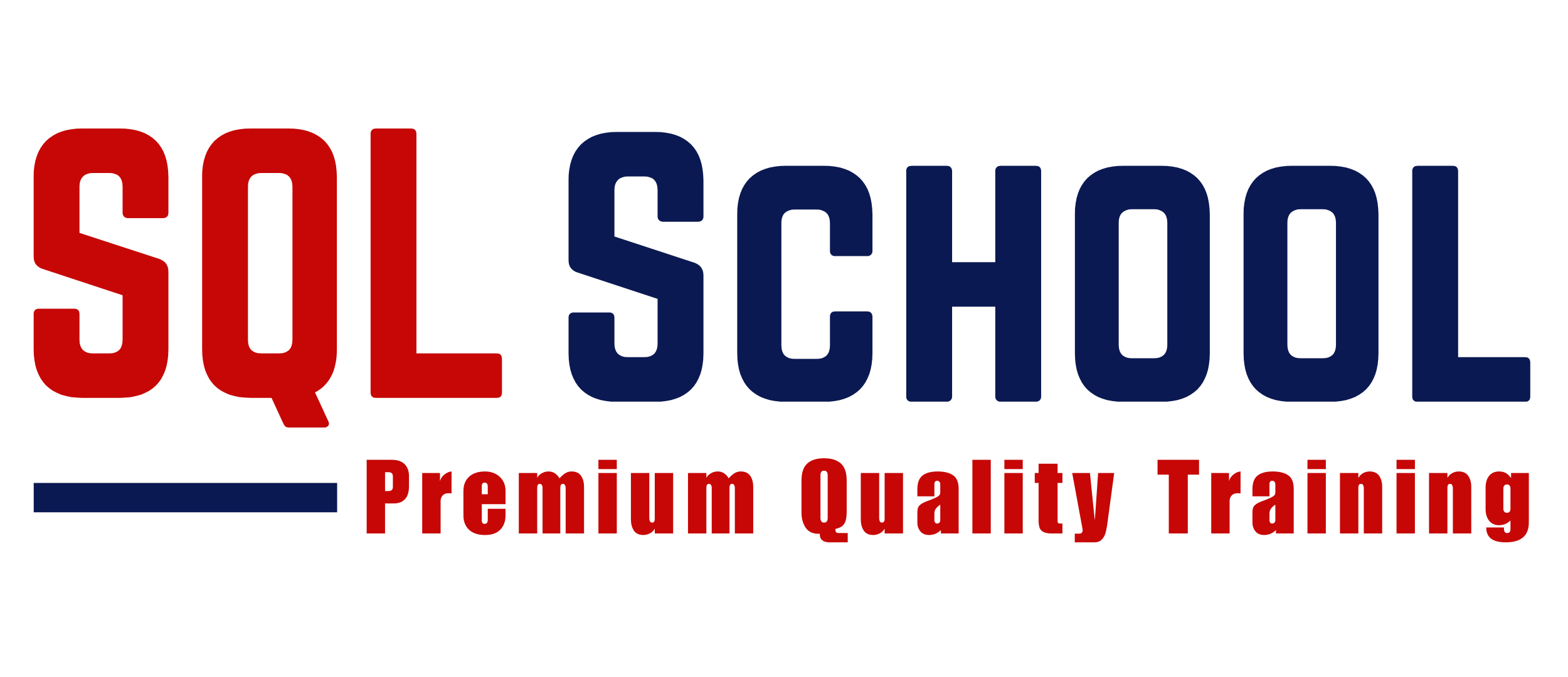Data Analysis Expressions (DAX)
If you’re diving into the world of business intelligence, one term you’re bound to encounter is Data Analysis Expressions (DAX). Whether you’re building dynamic dashboards in Power BI or running calculations on Excel models, understanding DAX can be a game-changer.
Data Analysis Expressions (DAX) is more than just a formula language — it’s the brain behind your data logic. Think of it as the fuel that powers meaningful insights from your raw numbers. Once you grasp how DAX works, you won’t just report data — you’ll start telling stories with it.
Let’s explore this in more depth and break it down in a way that sticks.
DAX basics for beginners
So, what exactly is DAX? Simply put, it’s a formula language used in tools like Power BI, Excel PowerPivot, and SSAS Tabular models.
Here’s what makes DAX essential:
It helps you create Power BI measures for KPIs and summaries.
You can build calculated columns that enhance your data models.
DAX handles row context and filter context, allowing for dynamic analysis.
It supports time intelligence functions for trends over time.
“Without DAX, Power BI is just a pretty visualization tool. With DAX, it becomes a powerful decision-making engine.”
If you’ve used Excel, DAX will feel familiar — but it’s much more powerful and scalable for business reporting.
Common DAX functions in Power BI
Understanding the core DAX functions will give you a solid foundation. Here are some of the most used:
SUMX – Performs row-by-row aggregation, ideal for calculated revenue.
CALCULATE – Changes the filter context to derive more focused metrics.
RELATED – Retrieves values from related tables, crucial for relational modeling.
IF, SWITCH – Implements logic and conditional branching.
DATEADD, DATEDIFF – Supports time intelligence functions and trending data.
Here’s an example:
This calculates year-over-year growth — a common real-world use case.
DAX vs Excel formulas
Let’s settle this common question: “Can’t I just use Excel?” Yes, but DAX has a big edge.
Key Differences:
| Feature | DAX (Power BI) | Excel Formulas |
|---|---|---|
| Scale | Works with millions of rows | Slower with large data |
| Data Model | Uses relational models | Flat tables only |
| Context Awareness | Supports row context + filter context | Basic cell-level context |
| Reusability | Centralized logic (measures) | Duplicated formulas |
“Excel helps you analyze data. DAX helps you model, automate, and scale that analysis.”
Best practices for writing DAX
Crafting great DAX code isn’t just about syntax. It’s about writing logic that’s efficient, scalable, and easy to maintain.
Key Tips:
Use measures over columns whenever possible to save memory.
Keep naming consistent — clarity always wins.
Avoid overly nested formulas — split them out for better debugging.
Leverage Power BI data model design to simplify your DAX logic.
Use performance tuning tools like DAX Studio to optimize calculations.
Remember, the real art is making your DAX readable by others in your team.
Real-world use cases of DAX
Still wondering how DAX helps in actual projects? Here are some practical scenarios:
Monthly Sales Growth: Calculate YoY and MoM changes using CALCULATE and DATEADD.
Customer Lifetime Value (CLV): Sum total transactions per unique customer.
Dynamic Segmentation: Group customers based on {Power BI measures} like purchase frequency.
KPI Dashboards: Build executive dashboards powered by real-time metrics.
These are all outcomes that business teams crave — and DAX delivers them, fast.
Data Analysis Expressions (DAX) isn’t something to fear — it’s something to master. If you’re an entrepreneur, manager, or aspiring data analyst, DAX empowers you to make sense of your numbers. It helps you move from reactive reporting to proactive business insight.
And the best part? You don’t need to be a programmer to get started. With a little curiosity and consistent practice, you’ll go from basic summaries to complex metrics that impress decision-makers.
So go ahead — open Power BI, add your first measure, and start experimenting. Once you unlock the power of DAX, your data will never look the same again.
Want to master Power BI and build stunning dashboards from scratch?
Join SQL School — India’s most trusted platform for real-time Power BI training!
✅ Learn Power BI Desktop, Power Query, and DAX step-by-step
✅ Build Interactive Reports and Real-Time Dashboards
✅ Master Data Modeling, Publishing to Power BI Cloud, and Sharing Reports
✅ Work with live projects, business datasets, and real-world scenarios
📞 Call now at +91 96666 40801 or visit 👉 SQL School for a FREE demo session!
SQL School – Your Real-Time Guide to Power BI Excellence.
